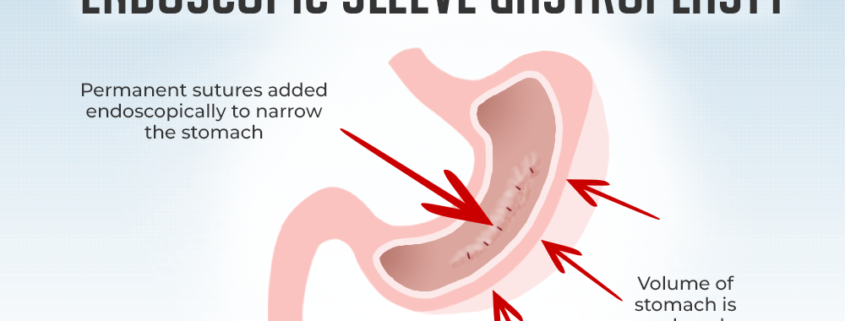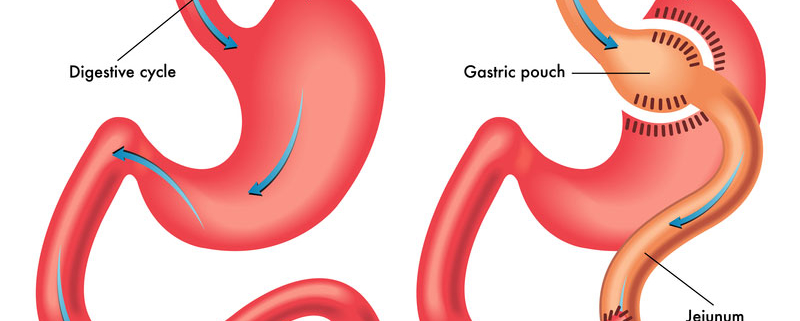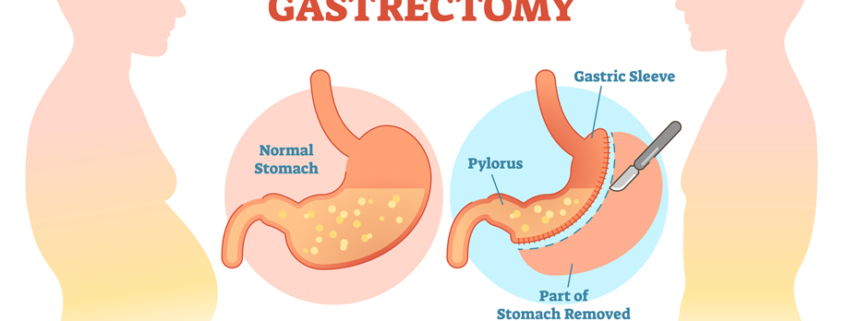If you are looking for surgical care that is effective, low-risk and offers fast recovery, then look into the minimally invasive surgery in Dwarka that is improving patient outcomes using modern techniques like laparoscopy and keyhole surgery. Dwarka has become a center for advanced healthcare for a variety of conditions that need surgical intervention, including obesity, gall bladder disease and hernia repair.
Why Choose Minimally Invasive Surgery in Dwarka?
Minimally invasive (MIS) surgery refers to the use of certain specialized instruments to complete surgical interventions with small incisions. The consequences of this are less pain, a faster healing process, relatively shorter hospitalizations and the benefit of fewer complications. Patients with chronic conditions, including gallstones, hernias, or obesity, are relying on MIS because of the benefits compared to traditional surgery. Ultimately, top hospitals in the area offer a range of MIS for:
- Gallbladder surgery in Dwarka
- Hernia repair surgery
- Bariatric (weight loss) surgery
Advanced Laparoscopic Surgery in Dwarka
Advanced laparoscopic surgery in Dwarka is the epitome of high-tech surgical care. Surgeons make use of high-definition cameras and fine instruments to carry out surgeries with finer visibility and precision.
Procedures performed through advanced laparoscopy include:
- Removal of the gallbladder
- Appendectomy
- Hernia repairs
- Diagnostic abdominal surgeries
When you are looking for a reliable keyhole surgery expert in Dwarka, seek out a center with certified laparoscopic surgeons and contemporary operating facilities.
Bariatric Clinic In Dwarka: Successful Obesity Treatment
Weight loss is not only about looks, it’s about enhancing overall health. Bariatric clinic in Dwarka provides surgical options for lasting weight loss in patients suffering from severe obesity.
The most popular are:
- Gastric bypass
- Sleeve gastrectomy
- Adjustable gastric banding
These procedures are normally suggested after diet and fitness programs have not worked. A professional Dwarka weight loss physician can assess your situation and suggest a specialized treatment plan.
Obesity Treatment in Dwarka Hospital: Regain Control Over Your Health
If you are seeking obesity treatment in a Dwarka hospital, seek out a facility that offers comprehensive care, such as:
- Pre-surgical assessments
- Nutrition and lifestyle counseling
- Minimally invasive bariatric surgery procedures
- This holistic approach guarantees improved outcomes and long-term success.
Ayushman Hospital – Best Bariatric Hospital in Dwarka
When quality and trust are concerned, Ayushman Hospital in Dwarka is one of the best bariatric centers in Dwarka. Equipped with state-of-the-art laparoscopic facilities and skilled surgeons, Ayushman provides the best care in bariatric and minimally invasive surgeries in Dwarka. Right from diagnosis to recovery, their customized treatment plans provide patient comfort and successful results. Whether it’s weight loss surgery or gallbladder surgery, Ayushman Hospital provides the best from start to finish.
FAQs
Q1: What is the benefit of minimally invasive surgery in Dwarka?
It provides faster recovery, less pain, and fewer complications than open surgery.
Q2: What does a bariatric clinic in Dwarka provide?
They offer surgical weight loss options, dietary advice, and lifestyle support.
Q3: Why is Ayushman Hospital the best bariatric hospital in Dwarka?
It brings together skilled surgeons, high technology, and holistic post-operative care for the best outcomes.
Q4. How can I book a consultation at Ayushman Hospital Dwarka?
You can book a consultation by calling +91 9205481438 or visiting www.ayushmanhhs.in to schedule an appointment online.
Q5: Is laparoscopic bariatric surgery safe?
Yes, it’s a safe and effective weight loss option when done by experienced surgeons at Ayushman Hospital Dwarka.







